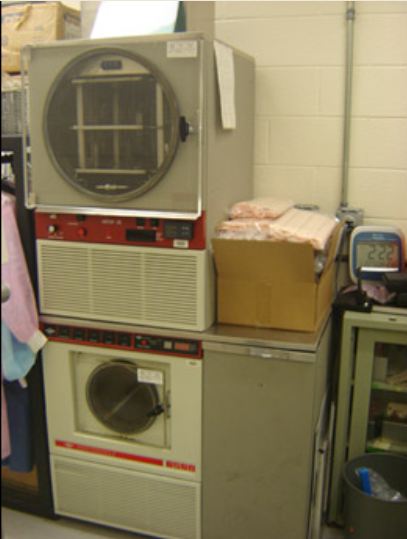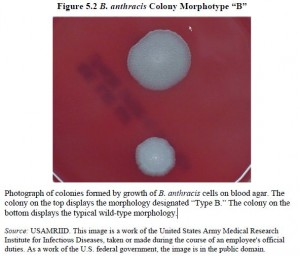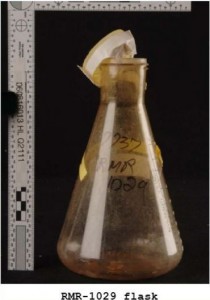How Long Until ESPN Brand Is Damaged By Money Trumping Safety?
ESPN stands perilously close to damaging its brand with repeated recent moves that appear to place their income stream ahead of safety. After working closely with Frontline for well over a year on a project documenting the effects of concussion injuries in football and especially in the NFL, ESPN on Friday removed their name from the effort, only a few weeks before the documentary was slated to air. Today, Kevin Brockway is out with an article in the Gainesville Sun noting the frequency with which the University of Florida has been forced to schedule early season home football games during early afternoon hours when heat indices are at dangerous levels for both athletes and spectators.
The New York Times noted yesterday that ESPN wields overwhelming power when it comes to setting the times for college football games to start, in some cases not announcing kickoff times until only six days before the game. Brockway’s article in the Sun shows the impact of ESPN’s decision-making here in Gainesville:
When the Southeastern Conference unveiled its week one 2013 football season start times, the collective groan from Gator Nation was heard from Key West to Pensacola.
For the fourth time in the last six years, Florida was stuck with an afternoon kickoff for its season opener. This Saturday’s 12:21 p.m. start time against Toledo at Ben Hill Griffin Stadium will force fans to again stock up on sunblock and bottled water.
But we aren’t talking about a mere inconvenience with the starting time. Figures on fans treated for heat-related illness in previous years speak to the danger of kickoffs at this hour in August and September:
The burning question is why? Why would the SEC schedule an early-afternoon game for its southernmost member during a month when the average heat index (which measures heat and humidity) is at its highest point of the year?
The answer lies in television, and some factors beyond the SEC’s control. Nonetheless, Florida administrators aren’t happy about the prospect of another sweltering Saturday opener. They consider it a fan safety issue. In 2011, when Florida began the season against Florida Atlantic (7 p.m. kickoff), only six fans were treated by medical staff for heat-related problems. Last season, when Florida opened against Bowling Green (3:30 p.m.), 105 fans were treated for heat-related issues.
A 12:21 kickoff is likely to be even worse than a 3:30 kickoff if rain showers don’t intervene, as the stands on the west side of the stadium usually are in the shade by 3:30 but not at 12:30, while shade doesn’t hit the seats on the east side until early evening.
As for the concussion documentary, here is how the Times described ESPN dropping out of particpation:
On Thursday, ESPN, which has spent heavily in recent years to build its investigative reporting team, abruptly ended its affiliation with “Frontline,” a public affairs television series that was weeks from showing a jointly produced two-part investigative project about the N.F.L.’s contentious handling of head injuries. The divorce came a week after the N.F.L. voiced its displeasure with the documentary at a lunch between league and ESPN executives, according to two people with direct knowledge of the situation.
As might be expected, there are now denials from the NFL that they exerted pressure and from ESPN that they bowed to pressure. Those denials do nothing to improve the optics of the situation, however, and it remains indisputable that ESPN withdrew its support just before the documentary slamming the NFL’s handling of concussions aired.
ESPN is in very dangerous territory right now. If Saturday proves to be especially hard on fans at early afternoon games in the South, the record is already clear on whom to blame for shifting games from their traditional evening kickoffs to the worst possible time for fan and player safety.



